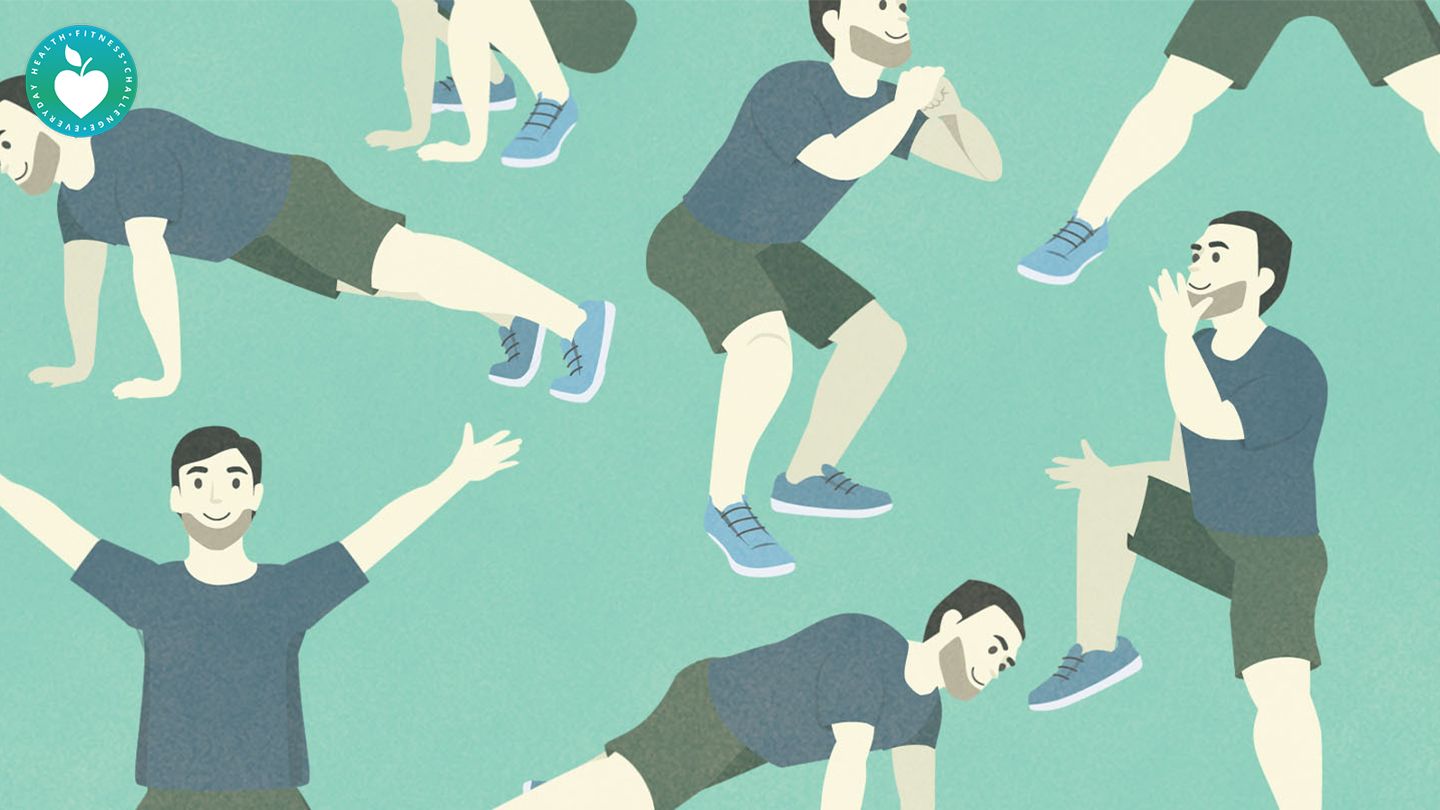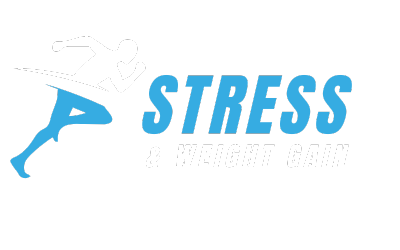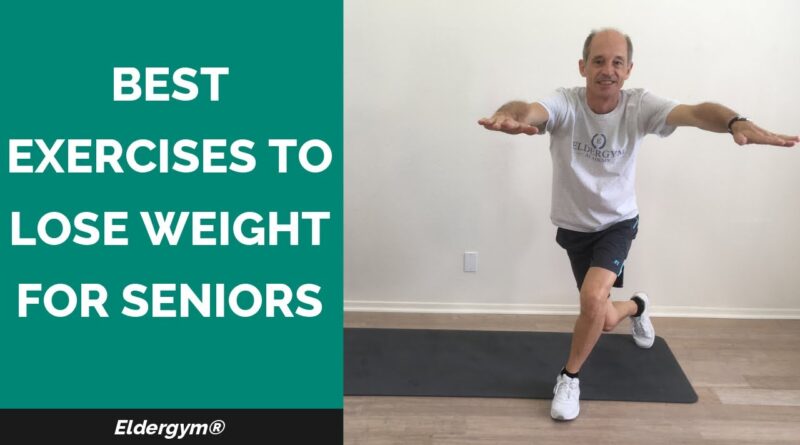Weight Loss For Your Aging Body Exercises
Losing weight as you age can feel like an uphill battle, but fear not! In this article, we will explore a range of exercises specifically designed to help you shed those extra pounds and keep your body healthy and strong. From gentle stretches and low-impact cardio to strength training and core exercises, we’ve got you covered. So, grab your workout gear and get ready to embark on an exhilarating journey towards achieving your weight loss goals.

The Importance of Exercise for Weight Loss
If you’re looking to lose weight, incorporating exercise into your routine is crucial. Exercise not only helps you burn calories but also offers a wide range of benefits for your overall health and well-being. In this article, we will explore the role of exercise in weight loss, particularly for aging bodies. We will discuss the benefits of exercise, the types of exercises that are suitable for weight loss, and provide a sample exercise routine. Additionally, we will explore strategies to enhance weight loss through exercise, discuss the importance of understanding caloric deficit, and provide nutrition tips for effective weight loss. Finally, we will cover how to create a balanced exercise and diet plan, overcome challenges in weight loss, and emphasize the importance of adopting a long-term lifestyle change.
Understanding the Role of Exercise in Weight Loss
Exercise plays a crucial role in weight loss as it helps you burn calories and increase your metabolism. When you engage in physical activity, your body expends energy, which is measured in calories. By burning more calories than you consume, you create a caloric deficit, which leads to weight loss. Additionally, exercise helps build lean muscle mass, which in turn increases your metabolism and helps you burn more calories even at rest. Regular exercise also improves cardiovascular health, increases strength and flexibility, boosts mood, and reduces the risk of chronic diseases such as heart disease, diabetes, and certain types of cancer.
Benefits of Exercise for Aging Bodies
As we age, it becomes even more important to incorporate exercise into our daily routines. Exercise not only aids in weight loss but also provides numerous benefits for aging bodies. Regular physical activity helps maintain muscle mass and bone density, which can help prevent age-related muscle loss and osteoporosis. It also improves joint health, flexibility, and balance, reducing the risk of falls and injuries. Additionally, exercise boosts cognitive function, improves mood, and can help prevent and manage chronic conditions such as arthritis and chronic pain.
Considerations for Aging Bodies
Before starting any exercise program, it is important to consult with your doctor, especially if you have any pre-existing conditions or health concerns. Your doctor can assess your overall health and provide guidance on any modifications you may need to make to your exercise routine. It is also important to take precautions for joint health, as aging bodies are more susceptible to joint pain and injury. Engaging in low-impact exercises and proper stretching techniques can help protect your joints and minimize the risk of injury.
Types of Exercises for Weight Loss
When it comes to weight loss, incorporating a variety of exercises is key to ensure you are targeting different muscle groups and maximizing calorie burn. Here are several types of exercises that are beneficial for weight loss:
Aerobic Exercises
Aerobic exercises, also known as cardio exercises, are great for burning calories and boosting your cardiovascular health. Examples of aerobic exercises include walking, jogging, cycling, swimming, dancing, and aerobics classes. Aim for at least 150 minutes of moderate-intensity aerobic activity or 75 minutes of vigorous-intensity aerobic activity per week for optimal weight loss.
Strength Training
Strength training exercises help build lean muscle mass, which not only increases your metabolism but also tones and strengthens your muscles. Incorporate exercises such as weightlifting, resistance band workouts, or bodyweight exercises like push-ups, squats, and lunges. Aim for at least two days of strength training per week, targeting all major muscle groups.
Balance and Flexibility Exercises
Balance and flexibility exercises are essential for improving joint health, reducing the risk of falls, and enhancing overall mobility. Activities such as yoga, tai chi, and Pilates improve flexibility, balance, and posture. Aim to include these exercises at least two to three times per week.
Low-Impact Exercises
For aging bodies, low-impact exercises are especially beneficial as they reduce stress on the joints while still providing a great workout. Examples of low-impact exercises include swimming, cycling, using an elliptical machine, or taking brisk walks. These exercises are gentler on the joints and can be performed daily.
Sample Exercise Routine for Aging Bodies
Here is a sample exercise routine for aging bodies that incorporates different types of exercises for optimal weight loss:
Warm-up Exercises
Start your exercise routine with warm-up exercises that prepare your body for physical activity. This can include 5-10 minutes of light cardio exercises such as brisk walking or marching in place, followed by gentle stretching to loosen up your muscles.
Aerobic Exercise
Engage in 30 minutes of moderate-intensity aerobic exercise such as brisk walking, cycling, or swimming. If you prefer vigorous-intensity exercise, aim for 15 minutes. Gradually increase the duration and intensity of your aerobic exercise as your fitness level improves.
Strength Training
Include strength training exercises targeting major muscle groups such as the arms, legs, back, chest, and core. Perform exercises using dumbbells, resistance bands, or bodyweight exercises. Aim for 2-3 sets of 8-12 repetitions for each exercise.
Balance and Flexibility Exercises
Incorporate balance and flexibility exercises such as yoga, tai chi, or Pilates. These exercises can help improve stability, posture, and joint mobility. Practice different poses or movements that challenge your balance and stretch your muscles.
Cooldown and Stretching
Finish your exercise routine with a cooldown period to gradually lower your heart rate and allow your muscles to recover. Incorporate 10-15 minutes of gentle stretching exercises to improve flexibility and prevent muscle tightness.
Strategies to Enhance Weight Loss through Exercise
While exercise is important for weight loss, incorporating certain strategies can help maximize your results. Here are some strategies to enhance weight loss through exercise:
Interval Training
Interval training involves alternating between high-intensity exercise and periods of rest or low-intensity exercise. This type of training can help increase calorie burn, improve cardiovascular fitness, and boost metabolism. Incorporate intervals into your aerobic exercises by alternating between a high-intensity burst (e.g., sprinting) and a moderate-intensity recovery period (e.g., walking).
Incorporating High-Intensity Exercises
High-intensity exercises, such as HIIT (High-Intensity Interval Training) workouts or circuit training, are effective for burning calories and improving overall fitness. These exercises involve short bursts of intense activity followed by short recovery periods. Incorporate high-intensity exercises into your routine at least once or twice a week.
Incorporating Mindful Movements
In addition to physical exercise, incorporating mindful movements such as yoga or tai chi can help improve mindfulness, reduce stress, and promote overall well-being. These activities not only provide physical benefits but also help create a mind-body connection that can enhance your weight loss journey.
Tracking and Monitoring Progress
Keeping track of your exercise routine and progress can be motivating and help you stay on track with your weight loss goals. Use a fitness tracker, smartphone apps, or a simple journal to record your workouts, duration, intensity, and any other relevant details. Monitoring your progress will not only help you see your achievements but also identify areas for improvement.

Understanding Caloric Deficit
To lose weight, it is important to create a caloric deficit. This means consuming fewer calories than your body needs to maintain its current weight. Understanding caloric deficit is crucial for effective weight loss.
Importance of Caloric Deficit
When your body is in a caloric deficit, it starts using stored fat as a source of energy, resulting in weight loss. However, it is important to create a moderate caloric deficit to ensure sustainable weight loss without compromising your health. Extreme caloric restrictions can lead to nutrient deficiencies, muscle loss, and a slower metabolism.
Determining Caloric Needs for Weight Loss
To determine your caloric needs for weight loss, you can use online calculators or consult with a registered dietitian. These professionals can help you calculate your basal metabolic rate (BMR) and factor in your activity level and weight loss goals to establish an appropriate caloric intake. It is important to remember that individual needs may vary, and it is essential to focus on long-term sustainable weight loss rather than drastic calorie restrictions.
Nutrition Tips for Weight Loss
Exercise alone is not enough for successful weight loss; nutrition plays a significant role as well. Here are some nutrition tips to support your weight loss journey:
Choosing Nutrient-Dense Foods
To fuel your body and promote weight loss, focus on consuming nutrient-dense foods. These include fruits, vegetables, whole grains, lean proteins, and healthy fats. These food choices provide essential nutrients while being lower in calories, helping you stay satisfied and energized throughout the day.
Balancing Macronutrients
When planning meals, aim to include a balance of macronutrients: carbohydrates, proteins, and fats. This balance helps regulate blood sugar levels, provides sustained energy, and promotes satiety. Incorporating lean proteins, whole grains, and healthy fats into your meals ensures you are getting a well-rounded mix of macronutrients.
Importance of Hydration
Staying hydrated is essential for overall health and weight loss. Drinking an adequate amount of water helps regulate appetite, boosts metabolism, and supports digestion. Aim to drink at least 8 cups (64 ounces) of water per day, and more if you are physically active or live in a hot climate.

Creating a Balanced Exercise and Diet Plan
To achieve sustainable weight loss, it is important to create a balanced exercise and diet plan tailored to your individual needs and preferences. Here are some key components to consider:
Incorporating Regular Exercise
Consistency is key when it comes to exercise. Aim to engage in physical activity most days of the week, incorporating a mix of aerobic exercises, strength training, and balance/flexibility exercises. Find activities you enjoy and make them a regular part of your routine.
Ensuring Adequate Rest and Recovery
Rest and recovery are just as important as exercise itself. Allow your body time to recover and repair by incorporating rest days into your exercise routine. Additionally, prioritize quality sleep to support weight loss, as lack of sleep can interfere with appetite regulation and metabolism.
Developing a Sustainable and Realistic Diet Plan
When it comes to your diet, focus on creating a plan that is sustainable and realistic for the long term. Avoid extreme diets or restrictive eating patterns that are difficult to maintain. Instead, aim to make gradual, sustainable changes to your eating habits, focusing on portion control, choosing whole foods, and finding a healthy balance that works for you.
Overcoming Challenges in Weight Loss
Weight loss can be challenging, but with the right mindset and strategies, you can overcome obstacles and achieve your goals. Here are some common challenges and strategies to overcome them:
Dealing with Plateaus
It is common to experience weight loss plateaus, where your progress stagnates despite your efforts. To overcome plateaus, consider modifying your exercise routine by increasing intensity or duration, adjusting your calorie intake, or trying new types of exercises. Remember to be patient and maintain a long-term perspective on your weight loss journey.
Staying Motivated
Maintaining motivation throughout your weight loss journey can be challenging. Set realistic goals, celebrate small achievements, and find strategies to stay accountable, such as tracking progress or working out with a friend. Surround yourself with a supportive community or seek professional guidance to help you stay motivated and focused.
Managing Stress and Emotional Eating
Stress and emotional eating can derail your weight loss efforts. Learning healthy coping mechanisms, such as practicing mindfulness, engaging in stress-reducing activities, or seeking support from a therapist, can help you manage stress and prevent emotional eating episodes.
Seeking Support from Others
Weight loss is often easier when you have a support system in place. Share your goals with friends, family, or a support group to hold yourself accountable and have people who can encourage and motivate you along the way. Consider seeking the guidance of a registered dietitian or personal trainer to help you navigate your weight loss journey.

Conclusion
Weight loss is a journey that requires dedication, patience, and a holistic approach. By incorporating exercise into your routine, understanding caloric deficit, making smart nutrition choices, and creating a balanced exercise and diet plan, you can achieve your weight loss goals. Remember to embrace a long-term lifestyle change rather than seeking quick fixes, celebrate your progress and achievements, and always prioritize your overall health and well-being. With the right strategies and mindset, you can successfully navigate your weight loss journey and enjoy the benefits of a healthier, more vibrant life, even as you age.

